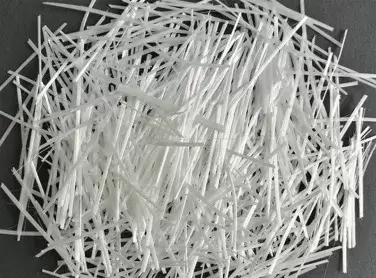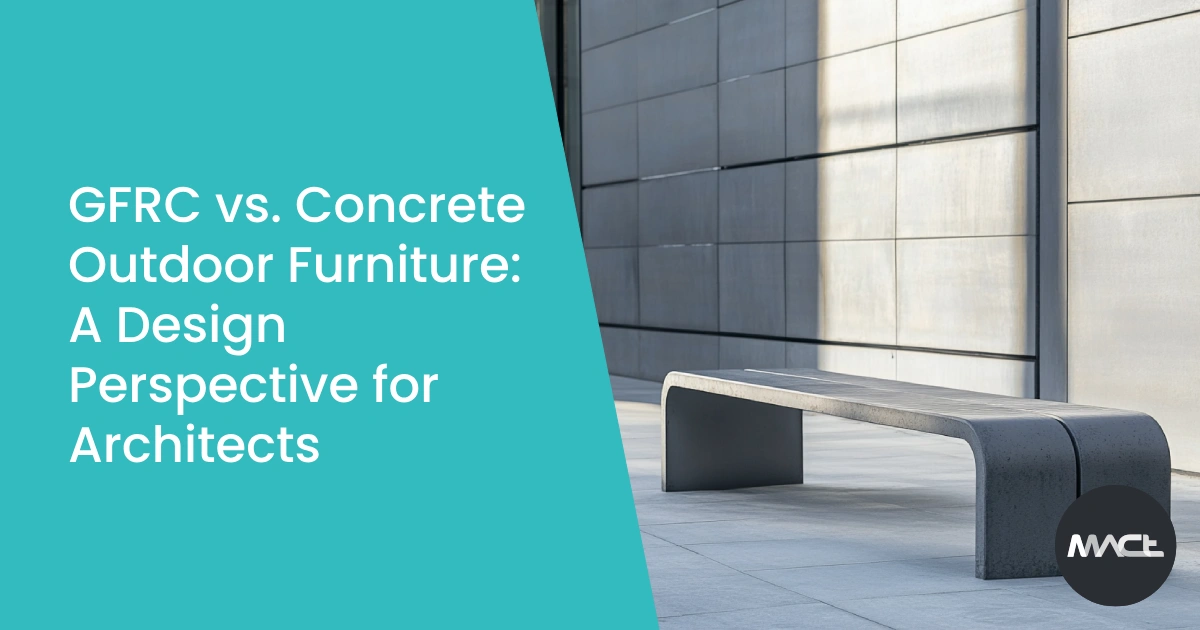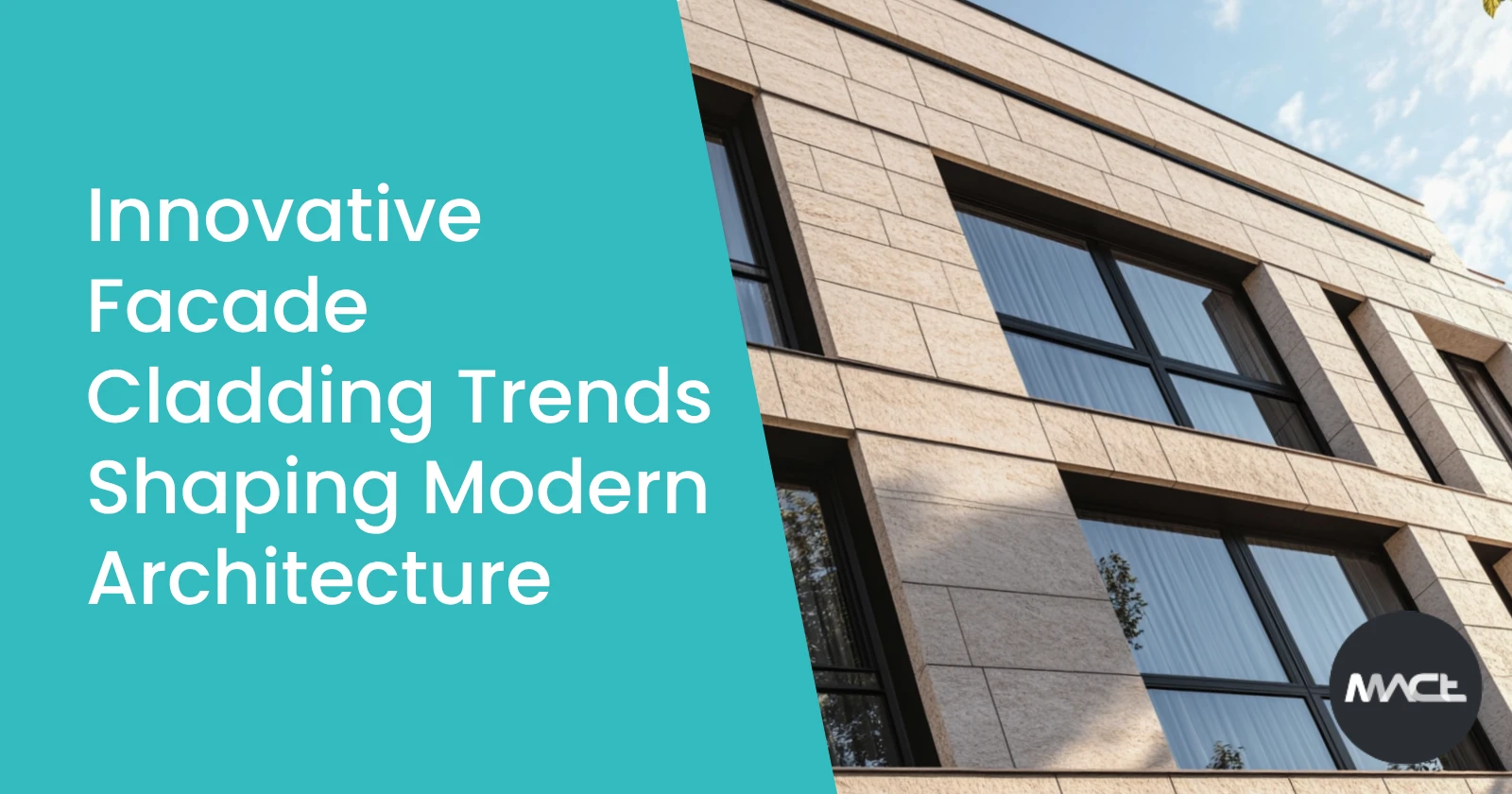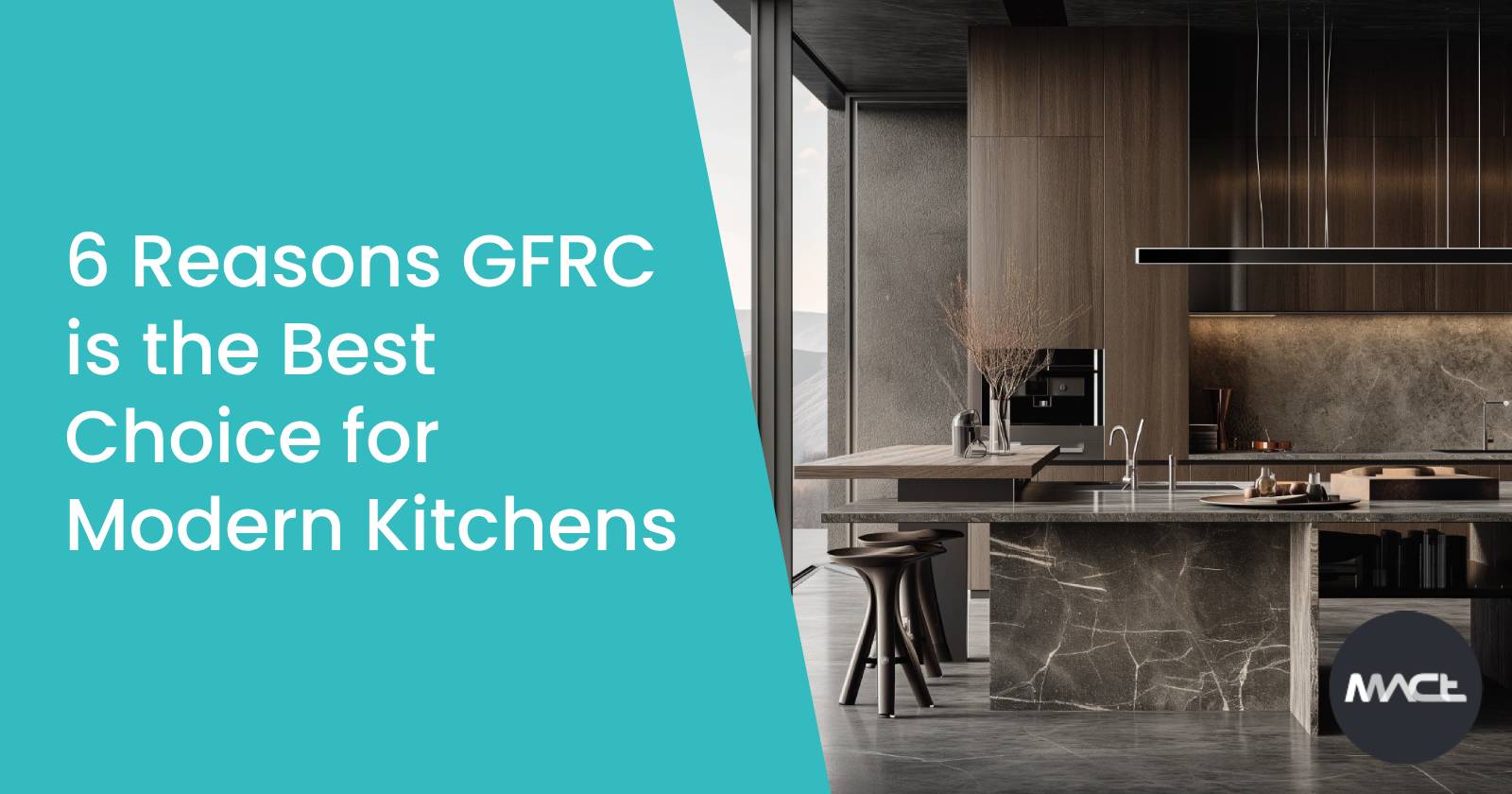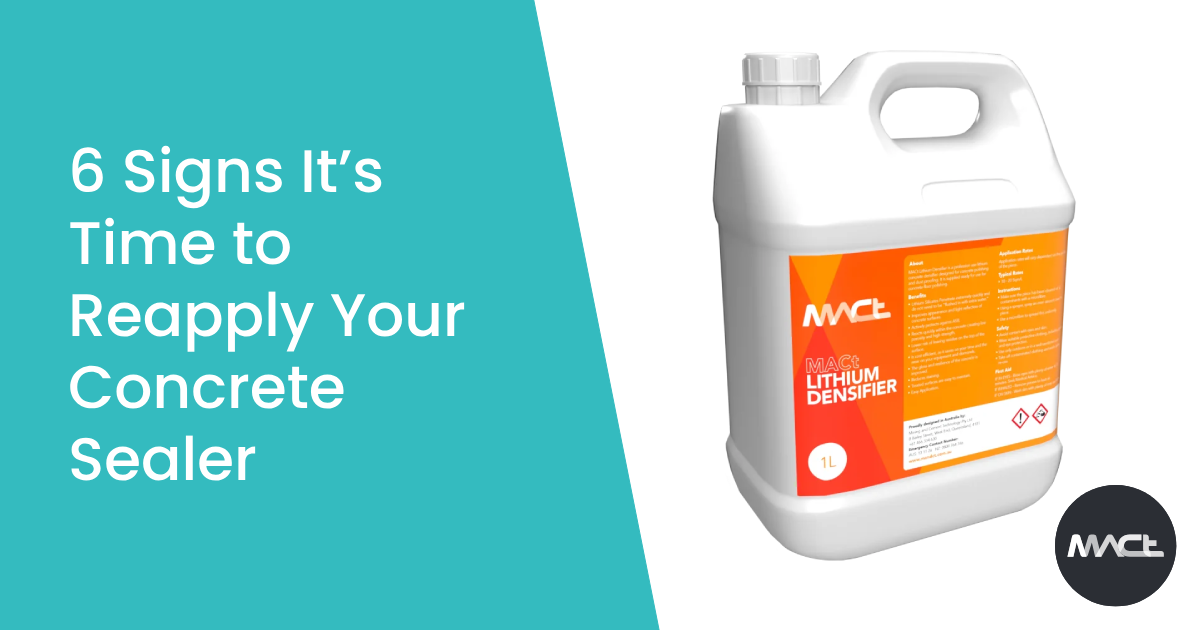In the construction industry, glass fibre reinforced concrete (GRC/GFRC) and traditional concretes play a significant role in providing durability, strength, and flexibility. One essential component in these materials is glass fibre, which reinforces the cement matrix and imparts unique properties. However, not all glass fibres are compatible with OPC (Ordinary Portland Cement) based composites. In this blog, we will explore why only alkali-resistant (AR) glass fibre must be used in OPC-based composites such as GRC/GFRC and traditional concretes.
The Importance of Alkali Resistance
OPC-based composites like GRC/GFRC and traditional concretes are highly alkaline, with a pH typically between 12 and 13. This highly alkaline environment is necessary for the hydration reactions that lead to the formation of a hard, strong cement matrix. However, it can be corrosive to certain materials, including some types of glass fibre.
Regular E-glass fibres, commonly used in the manufacturing of composite materials, are not resistant to alkalis. This can lead to a breakdown of the glass fibre when exposed to the alkaline environment of OPC-based composites. The result is a loss of strength and durability in the composite material, which is undesirable in construction applications.
Alkali-resistant (AR) glass fibre, on the other hand, is specifically designed to withstand the high alkalinity of OPC-based composites. This ensures that the fibres maintain their structural integrity and provide the necessary reinforcement for the cement matrix.
The Chemistry Behind Alkali Resistance
AR glass fibre is made from a unique formulation that incorporates zirconia (ZrO2) into the glass composition. The presence of zirconia significantly improves the chemical resistance of the glass fibre to alkalis. It achieves this by forming a protective layer around the glass fibre, which prevents the diffusion of alkalis into the fibre and subsequent degradation.
The enhanced alkali resistance of AR glass fibre is critical in OPC-based composites because it allows the fibres to retain their strength and mechanical properties even in the highly alkaline environment. This contributes to the overall durability, longevity, and performance of the composite material.
Benefits of Using AR Glass fibre in OPC-Based Composites:
The use of alkali-resistant (AR) glass fibre in OPC-based composites like GRC/GFRC and traditional concretes is crucial for ensuring the longevity, durability, and performance of these materials. The unique chemical composition of AR glass fibre, featuring zirconia, enables it to withstand the highly alkaline environment of OPC-based composites without degradation. This results in several key benefits, including improved mechanical properties, enhanced crack resistance, and reduced maintenance needs.
Improved Durability and Longevity
The use of AR glass fibre in OPC-based composites like GRC/GFRC and traditional concretes ensures that the fibres remain intact and maintain their reinforcing properties over time. This results in a composite material with enhanced durability and longevity, making it an ideal choice for various construction applications, including load-bearing structures and facade elements.
Enhanced Mechanical Properties
AR glass fibre imparts improved mechanical properties to OPC-based composites, such as increased tensile and flexural strength. This enables the construction of thinner, lighter elements that still possess the necessary strength and load-bearing capabilities, thereby reducing material usage and overall project costs.
Crack Resistance
The high alkali resistance of AR glass fibre ensures that the fibres do not degrade and lose their reinforcing properties over time. This, in turn, helps to prevent the formation of microcracks in the cement matrix, enhancing the overall crack resistance of the composite material.
Reduced Maintenance
As AR glass fibre retains its structural integrity and reinforcement capabilities in OPC-based composites, the need for frequent maintenance and repair work is significantly reduced. This translates to lower long-term costs for building owners and managers.
By choosing to use AR glass fibre in OPC-based composites, construction professionals can create structures and elements that stand the test of time, offering both strength and aesthetic appeal. In an industry where material performance, cost-effectiveness, and sustainability are paramount, the use of alkali-resistant glass fibre is a smart decision that ensures the optimal performance of GRC/GFRC and traditional concrete applications.
The compatibility of AR glass fibre with OPC-based composites is essential for the success and longevity of construction projects. By using alkali-resistant glass fibre, contractors, architects, and engineers can create structures that not only meet the high demands of modern construction but also stand as a testament to the importance of material innovation in the industry.
